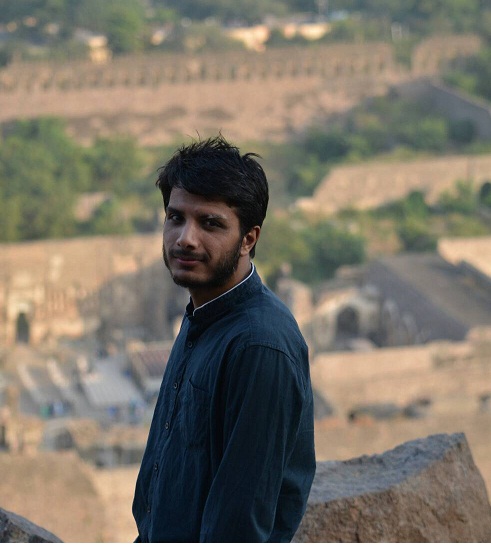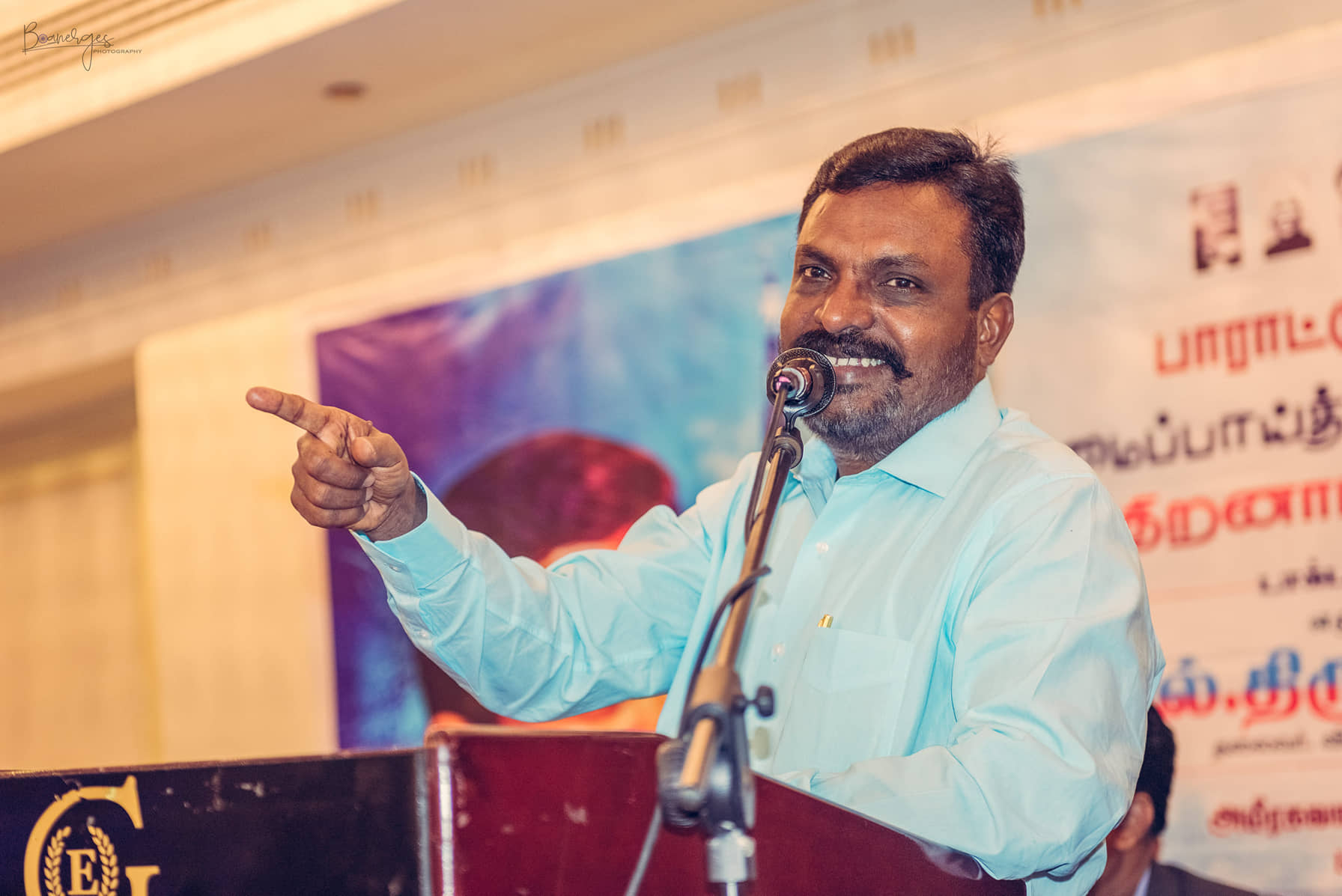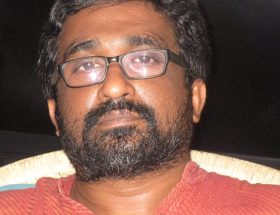Mudasir Ali Lone
 This is in continuation of the Part 1 published here.
This is in continuation of the Part 1 published here.
Whenever someone tells me that there’s no caste in Kashmir (and I’m told that a lot), I can’t help but think of the terms that are part of our daily language, for example, Kaaluh Waatul (literal translation: black chamaar). It’s a term commonly used in Kashmir as an insult. There’s just dehumanization in that term! Look at the construction of that term and tell me, I dare you once again, that there is no caste in Kashmir. How we have combined two different words to use them as an insult: Kaaluh (black) and Waatul (chamaar). This is how racism meets casteism in Kashmir. It disgusts me how vile the collective thinking of our society has been!
Such is the level of dehumanization of Waatals in Kashmir that some people fail to realize that Waatal is a name of a community and not an abuse. They will debate with a godly confidence and try to equate the name of a community with commonly used abuses/taunts. This is a shame for all of us that we have successfully reduced the name of community and its people to an abuse that we use to mock and deride others. We are such a sick society for dehumanizing and demonizing a community, their name, and their existence!
Some time back even one of my friends told me that he didn’t know Waatal is a name of community. He told me that he thought Waatul is just another gaali or a taunt. You can only imagine the life of Waatal community in Kashmir when we have such thoughts about them. Last time when I was in Kashmir I remember during a discussion on caste some guys told me that “Waatalchhiyitheeaasaan (Waatal are just like that)”. This is the kind of perception we have about lower castes in Kashmir. We are sick beyond imagination.
There are so many words in our language, that have roots in caste that I’m also unaware of. Like some time back when @DardEdiscourse shared a tweet on the Choodha community of Punjab, I was shocked because I had heard that term in Kashmir too and it was always used as an insult. I didn’t know that Choodha is actually a community there. So, I asked some people back home and finally found that Choodha is the community of scavengers in Kashmir. This is how much we have dehumanized these terms, they are part of our daily conversations, but we only use them as insults!
Similarly, when EverydayCasteism shared posts about how the term Bhaand is used in India, I could easily see the similarities in the usage of that term in Kashmir with how it’s used there. Bhaand is the community of live-performers (folk theatres) in Kashmir. “zannchhukhBhaand (as if you’re a Bhaand)”, “Bhaandchhukhbaasaan (you look like a bhaand)”, “chekyaBhaandloagmut (why do you act like a bhaand)”. These are just a few examples of how the term Bhaand is used to insult and reprimand others in Kashmir.
The Doomb community (those who rear animals) of Kashmir has faced a similar onslaught of casteist language. People use slurs like doomb nasal (doomb offspring), doomb khaslatchhay (you have qualities of doomb) to insult each other, and if you want to chastise someone, people would say zannchhukh doomb (as if you’re a doomb).
Every bad quality in Kashmir is rebuked and chastised with a casteist remark. Through our highly casteist language, we have associated every bad thing in Kashmir with the lower castes. Still, we have the gall to say, there’s no caste in Kashmir. I believe language is an important tool and resource to understand a society. Just look at Kashmiri language, you’ll realize how deep the caste goes there. I sometimes wonder about our language and think how sick our society must have been. I can’t help but feel disgusted about the oppression, marginalization, and dehumanization of different communities by our society and the language that was created out of it.
Almost every day I meet different kinds of caste deniers from Kashmir, the degree/reason/excuse of denial varies from one person to another. One thing doesn’t change, guess what? All of them are either ex-Brahmin converts or Malluhs (Syeds/Peers). Not saying there aren’t any other caste-deniers besides them, but I haven’t personally met them yet. Last time when I published my piece on Kashmir, they called me all sorts of names. The larger argument they present is that there’s no caste in Islam while in the same breath some of them surprisingly make statements like, there’s lineage in Islam, Syeds are Prophet’s descendants, or we should respect Syeds. Oh, the irony! And whenever Kashmiris say that casteism is limited to only marriages in Kashmir (and Kashmiris say that a lot to deny the existence of casteism in Kashmir), it just shows their ignorance about the fact that endogamy is one of the most essential parts of caste and how it’s used to maintain the ‘purity of lineage’.
Recently, a news clip from Chenab Valley showed us how people belonging to Waatal community there are still being forced to collect human waste, despite a ban. It’s a collective shame for all of us and our denials about caste are only causing damage to communities who are forced to do such dehumanizing work. Another video published by Video Volunteers (which has been unfortunately taken down for unknown reasons) on Youtube showed us how the Sheikh community faces the brunt of casteism in their everyday lives in Kashmir. In that video, Ghulam Rasool said that “I have five children (married), all of the five families live in a five marla plot. Two families live in a single room.” This is a reality for Sheikh families, that’s found all over Kashmir, even in my own village (which I had discussed in my earlier piece). The economic conditions of Sheikh community haven’t improved much and they still face segregation in Kashmir. In that video, Ishtiyaq Ahmad Sheikh said, they were made to clean the playground and the toilets of the school by their teachers and now even their children are told to do the same by their teachers. He also said that people don’t even eat or drink at their homes. People come to their homes to buy jhaadoos (brooms), but will never eat/drink anything there. Ishtiyaq mentioned in the video that people say, “in se badbu aati hai (these people smell bad)”. I was talking to my mother and she told me that some years back it was totally unimaginable for us to drink or eat something at the house of a Sheikh. This is the state of our society, this is how we treat fellow human beings. Everyone, from Syeds to Greest and even other Naangaars, treats people from Sheikh community like that.
It has to be pointed out here that caste is basically graded inequality and there will always be grades in the hierarchy where everyone above you in the hierarchy is your oppressor and you are an oppressor to everyone below you in the hierarchy. So, when I talk about caste, I should mention again that I belong to Greest community. I stand in the middle of the caste hierarchy in Kashmir. (This also goes out to other Kashmiri writers, please don’t forget to address your own location while writing about caste).
Remember, when you deny caste and try to say that there’s only class in Kashmir. Remember the fact that caste created and still creates class in Kashmir. You just have to take a look around yourself to realize that it has always been about caste. Gryoost and Zamindar used to mean different things prior to Land Reforms in Kashmir. Immediately after the reforms these terms translated into lakutzamindar and boddzamindar respectively. Then few decades down the line, the terms gryoost and zamindar are now being used interchangeably. It has been possible because of the Land to Tiller Act and I don’t think it would be wrong to say that it was one of the greatest socialist revolutions of 20th century, albeit with some flaws. So, if you really want to understand caste in Kashmir, you need to take a look at and understand the time-period before the Land to Tiller Act and the period after that. The mobility that the peasantry/farmer class of Kashmir enjoys has been possible only because of the Land to Tiller Act, although unfortunately, it didn’t benefit the Naangaar community. And I was thinking if we could do Land Reforms then what stops us from doing it again now? And this time we make sure that Naangaar are benefited as much as the Greest did in earlier rounds of reforms.
And if we’re talking about caste in Kashmir, how can we forget the beloved Malluhs (syeds/peers). Malluh had conditioned/brainwashed people so badly using religion that people always sent the best of their foods/eatables/dishes to Malluh households dutifully. Common people actually thought that doing all this in the service of peer sahabs was a service to Islam. Brahmins and Malluhs are just two different names for the same class of people. Kashmiri Brahmins like to be called Pandits and Kashmiri Malluhs like to be called as Peers. You can easily draw a parallel between a fat stuffed Brahmin and a fat stuffed Malluh. If a child was born somewhere, peer sahab had to be invited there to eat. If a person died somewhere, peer sahab had to be invited there to eat. Whether it was a happy or a sad occasion, peer sahab had to be always invited to eat. Peer sahab just bloody ate all the time! From the first egg laid by hens to the first milk given by cows of farmers, everything went to Peersahab’s house. Also, if a Malluh found out that a farmer is sending his son for studies, he would call him & tell him about his son: tamiskathparun, soazunsahmayniszameenaspeth, kaaemkarihtoatihkamaayekyehnchhaa (why does he have to study? Send him to work on my land, at least he’ll earn something). All this while they would always make their own children study and would even send them outside Kashmir for that but kept telling Kashmiri Greest, Naangaar and others: parrnuhseetkyagasih? (What will you gain by studying?).
Most importantly, the Malluhs still haven’t learned to shut up, even when they try to write against caste they pander to the same notions of superiority. Recently, a piece published by a Malluh in which he had “torn caste pride to smithereens” (these were his words while describing his write-up) mentioned that although Malluhs have good qualities and good nature, as they don’t fight with their neighbors etc., but there are such good people among non-Malluhs too, therefore we shouldn’t look down upon them. This is how they perceive us even when supposedly writing against caste. They still hold themselves as a beacon and as a standard of everything good that exists in the society and non-Malluhs as ignorant beings who need to learn from them and emulate them so as to be worthy of being called human beings. As Dr. Ambedkar had said that Brahmins can never produce a Voltaire, I want to add that neither can Malluhs/Syeds.
Lastly, I want to talk about the culture of gender segregation becoming more and more common among lower-caste Muslims now. Segregation between men and women was an elite/upper-caste culture in Kashmir. Traditionally, lower castes or the working classes like peasants, farmers, artisans etc., have never followed the ‘culture of segregation’ there. Men and women toiled together in fields, worked together in workshops, managed the family work together, supported each other, e.g. a Kaandir (tandoori baker) workshop. The upper-castes chastised lower castes for this. That’s how they associated moral waywardness with lower castes. The concept of purdah (as we know it today) has also been an upper-caste/class concept. Purdah had a different meaning to lower-caste women, it just meant having a pooch/daej (scarf) tied to the head. The way women tied scarf was a caste/class marker and to some extent still is. Women, men, everyone from the families belonging to lower castes had to work hard to sustain themselves. Not allowing women to step outside or work outside the home had a huge cost. Lower-castes couldn’t afford it, they couldn’t afford the morality of upper-castes. I believe that the concept of ‘purdah’ and ‘haya’ is a very casteist/classist concept. Being forced to follow things that badly affect the sustenance of already marginalized communities definitely makes it so.
P.S. Again, as this is just based on my personal experience/research, there might be some mistakes, please point them out. And a note to Malluhs/Syeds/Peers, just shut up already.
~~~
Mudasir Ali Lone is pursuing B.Tech at Maulana Azad National Urdu University, Hyderabad and can be reached at: aleemudasir@gmail.com










